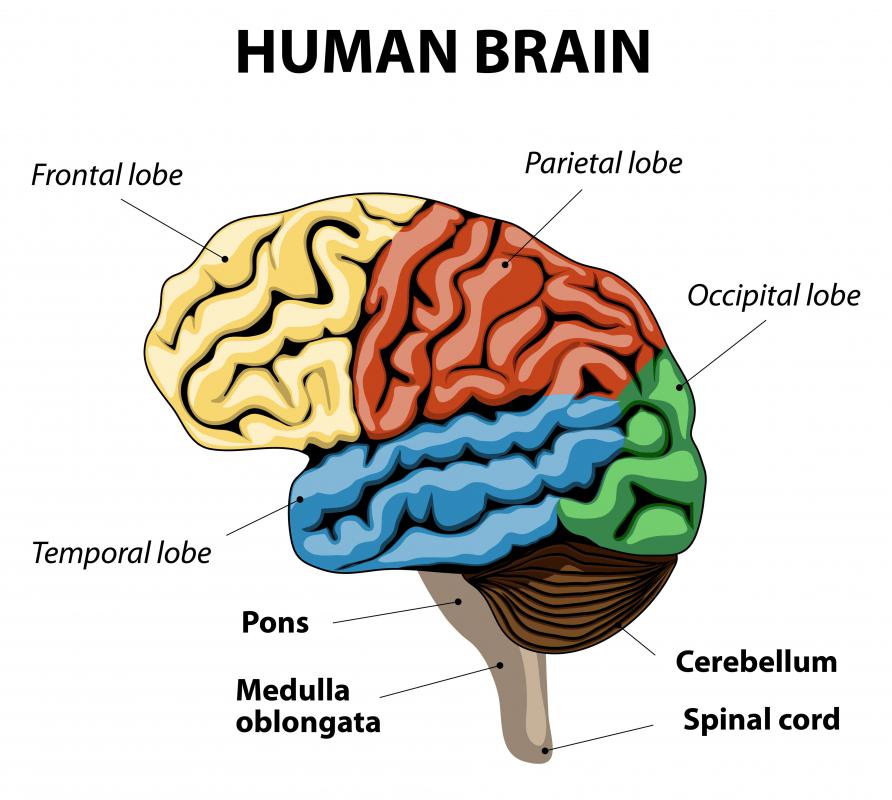At WiseGEEK, we're committed to delivering accurate, trustworthy information. Our expert-authored content is rigorously fact-checked and sourced from credible authorities. Discover how we uphold the highest standards in providing you with reliable knowledge.
What are the Anterior Cerebral Arteries?
The anterior cerebral arteries (ACA) are two arteries of the brain that provide oxygen to most superior medial parietal lobes and medial portions of frontal lobes. The arteries are connected by the anterior communicating artery. They are a vital part of proper brain function.
Situated on the top of the brain, the anterior cerebral arteries service the outer surface of the cerebral hemisphere. This region consists of a long strip that extends from the frontal lobe all the way to the back of the brain. In addition to the parietal and frontal lobes, the region includes the olfactory bulb and tract, anterior regions of the internal capsule and basal ganglia and a portion of the lateral surface of the parietal and frontal lobe which sits by the medial longitudinal fissure.

The anterior cerebral arteries are further classified into smaller branches, which are identified in numerical order from A1 to A5. The base of the A1 segment is connected to the internal carotid artery and stretches to the anterior communicating artery (A Comm). Then the A2 extends from the A Comm to the pericallosal and callosomarginal arteries. The orbitofrontal and frontopolar arteries also extend from segment A2.

Segment A3 is another name for the pericallosal artery branch of the anterior cerebral arteries. This segment consists of the precuneal and internal parietal arteries. The small branches that extend from the anterior cerebral arteries are segments A4 and A5. They are also known as callosal arteries.
The anterior cerebral arteries are part of the Circle of Willis, a circle of arteries at the base of the brain which provides a continuous flow of blood throughout the brain. This circle plays a key factor in preventing strokes. The anterior cerebral arteries connect with the anterior communicating, internal carotid, posterior cerebral and posterior communicating arteries to form the circle.
Improperly functioning anterior cerebral arteries can cause dramatic changes in the body. Most problems arise from bilateral occlusion at the stems of the arteries. This can cause conditions ranging from urinary
and abulic and motor
to paraplegia in the lower extremities. It can also affect the frontal lobe, and result in contralateral
or personality change.
AS FEATURED ON:
AS FEATURED ON:














Discuss this Article
Post your comments